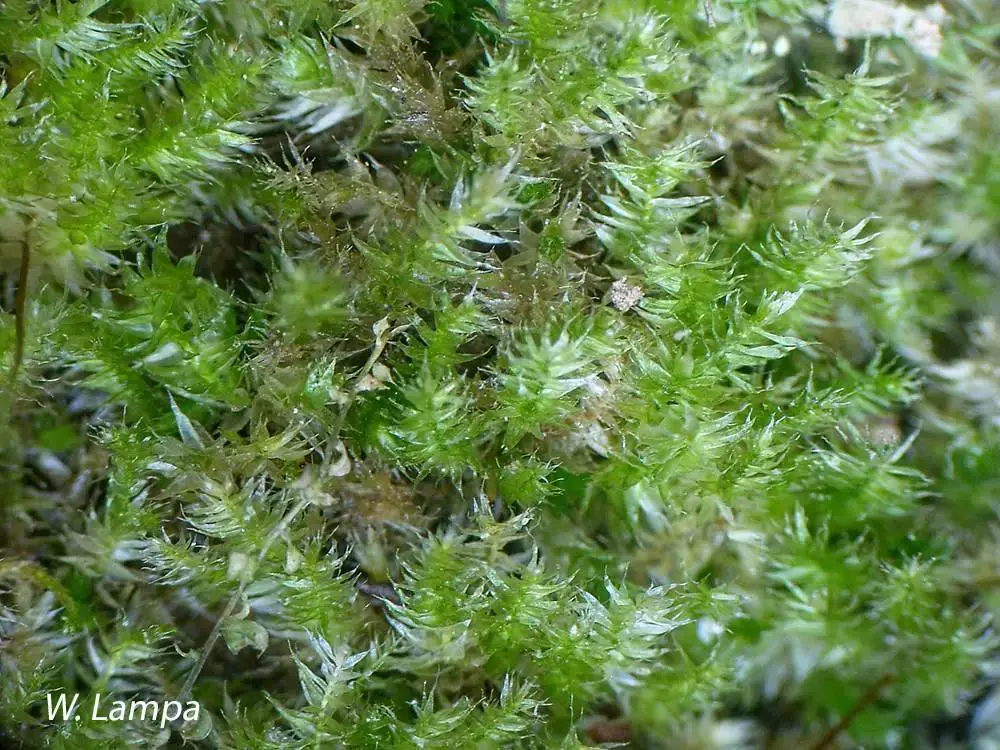
Rhynchostegium_serrulatum_M171_1563915046.jpg from: https://bryophyteportal.org/portal/collections/individual/index.php?occid=4620802
Introduction
In the vast and captivating world of bryophytes, one particular moss species stands out for its intricate beauty and ecological significance – the
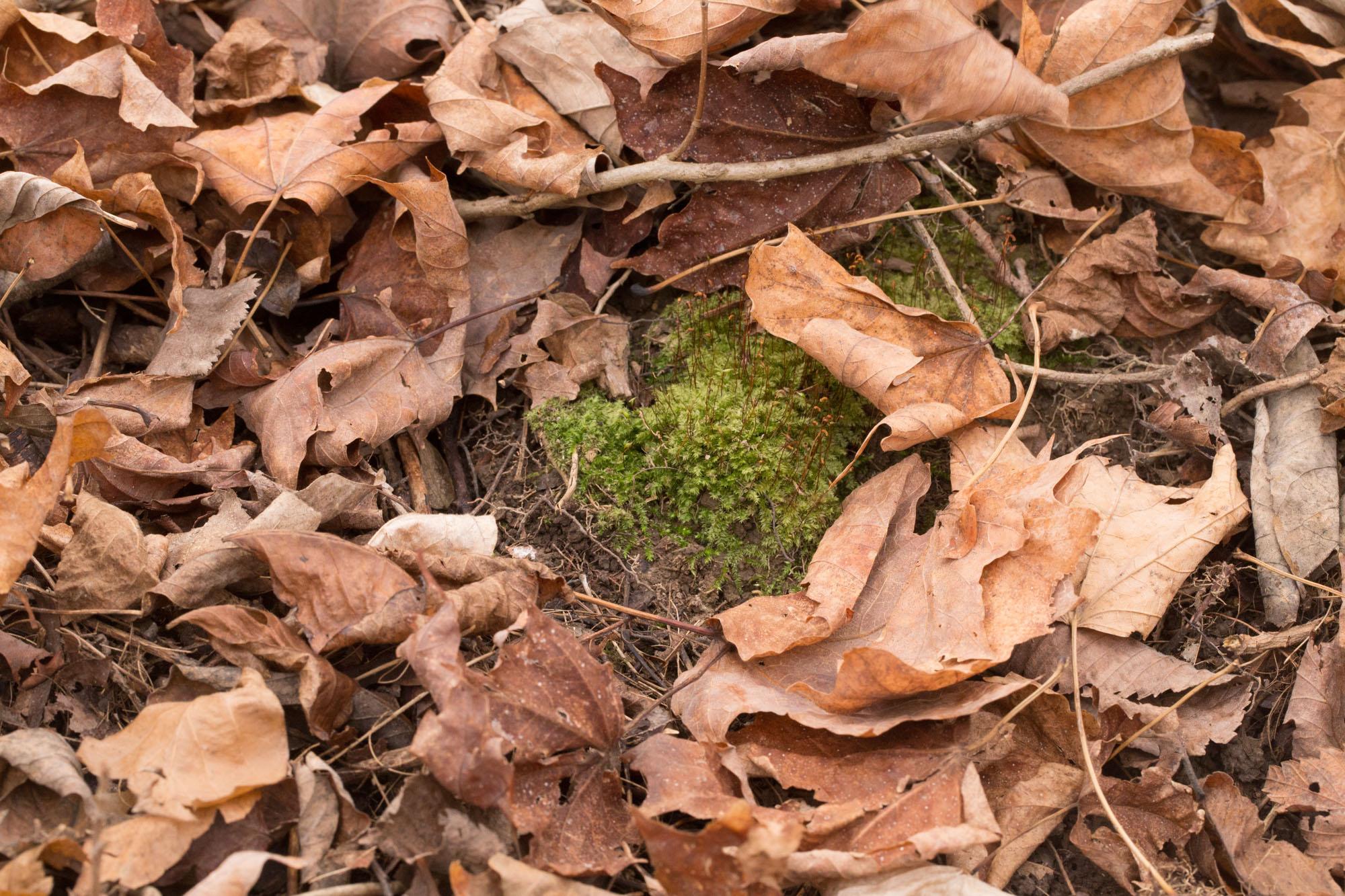
Rhynchostegium-serrulatum-4.jpg from: https://ohiomosslichen.org/moss-rhynchostegium-serrulatum/
Rhynchostegium serrulatum (Hedw.) A.Jaeger. Belonging to the Brachytheciaceae family, this unassuming yet remarkable moss is also commonly known as Rhynchostegium. Let’s embark on a journey to unravel the secrets of this fascinating plant and explore its unique characteristics.
Background
Before delving into the specifics of Rhynchostegium serrulatum, it’s essential to understand the broader context of bryophytes. These non-vascular plants, which include mosses, liverworts, and hornworts, are often overlooked but play a crucial role in various ecosystems. They are among the oldest land plants on Earth, dating back to the Paleozoic era, and have adapted to thrive in diverse environments.
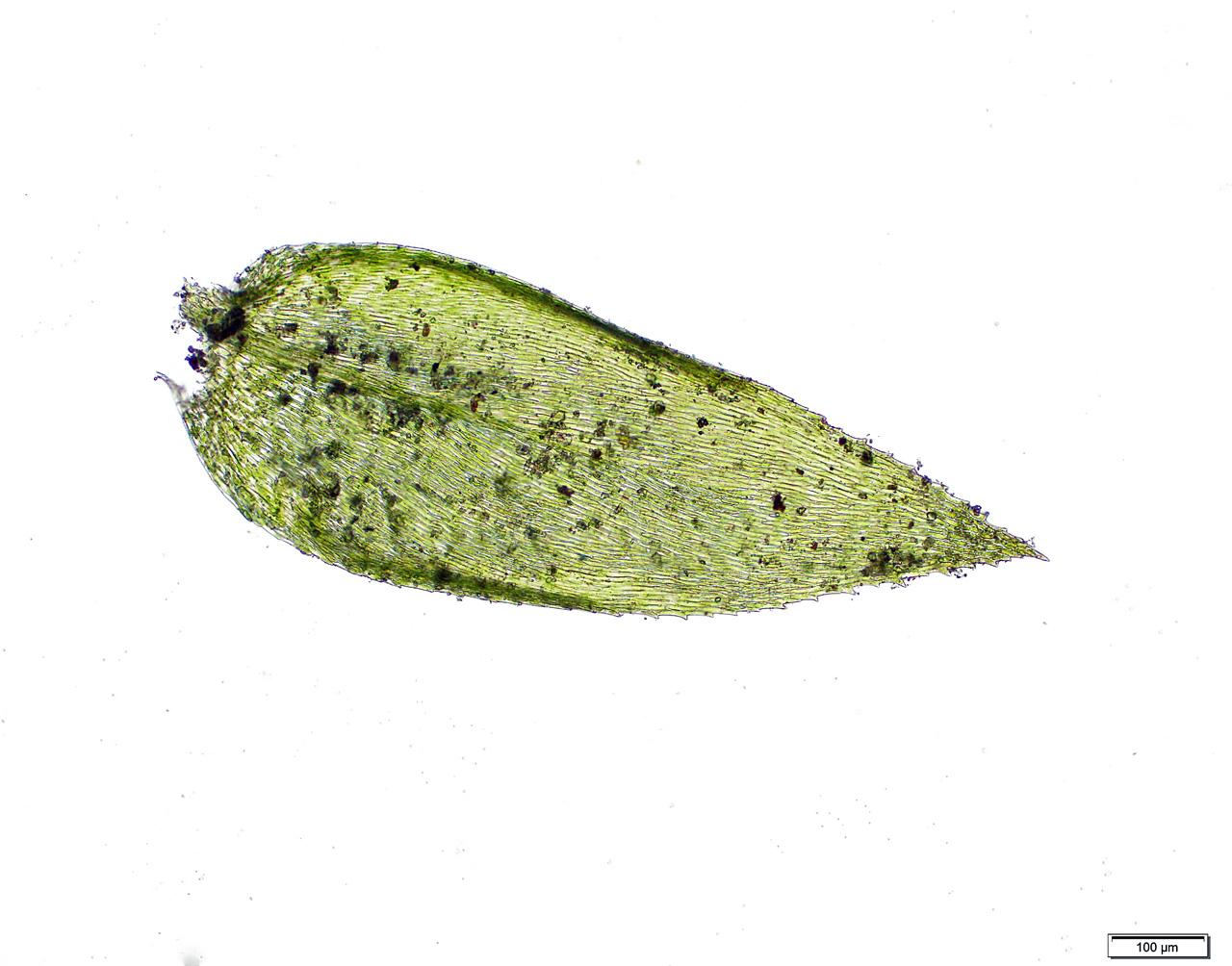
rh_serrulatum.jpg from: https://wnmu.edu/academic/nspages/gilaflora/rhynchostegium_serrulatum.html
Main Content
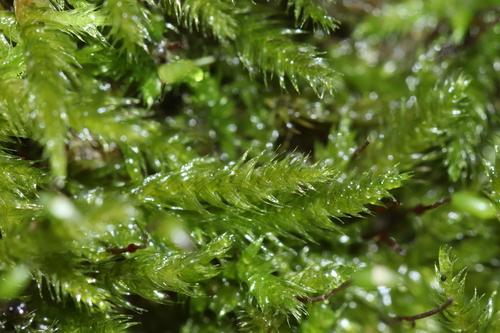
medium.jpeg from: https://www.naturalista.mx/taxa/281864
Morphology and Identification
Rhynchostegium serrulatum is a pleurocarpous moss, meaning its stems grow horizontally along the substrate. Its slender, creeping stems are adorned with delicate, finely toothed leaves that form intricate patterns. The leaves are typically lanceolate in shape, with a distinctive serrulate (finely toothed) margin, hence the specific epithet “serrulatum.”
One of the key identifying features of this moss is its double costa (midrib), which extends partway up the leaf. This characteristic, along with its distinctive leaf shape and arrangement, aids in distinguishing Rhynchostegium serrulatum from other moss species.
Global Distribution and Habitat
Rhynchostegium serrulatum is widely distributed across various regions, including Europe, Asia, North America, and parts of Africa. It thrives in a range of habitats, from moist woodlands and forests to rocky outcrops and stream banks. This moss prefers shaded, humid environments and is often found growing on tree trunks, logs, and moist soil.
Ecological Roles and Adaptations
Despite its diminutive size, Rhynchostegium serrulatum plays a vital role in its ecosystem. As a pioneer species, it contributes to soil formation and stabilization, creating a suitable environment for other plants to establish themselves. Additionally, its dense mats provide shelter and moisture retention, supporting a diverse array of invertebrates and microorganisms.
One of the remarkable adaptations of Rhynchostegium serrulatum is its ability to withstand desiccation. During dry periods, the moss can enter a state of dormancy, curling its leaves inward to conserve moisture. Once favorable conditions return, it quickly revives, demonstrating its resilience and adaptability.
Case Study: Moss Gardens of Japan
In Japan, the art of moss gardening, known as kokedama, has been practiced for centuries. Rhynchostegium serrulatum is one of the most commonly used mosses in these intricate and serene gardens. Its delicate texture and vibrant green hues create a mesmerizing carpet, complementing the carefully curated arrangements of rocks, water features, and other plants.
Technical Table
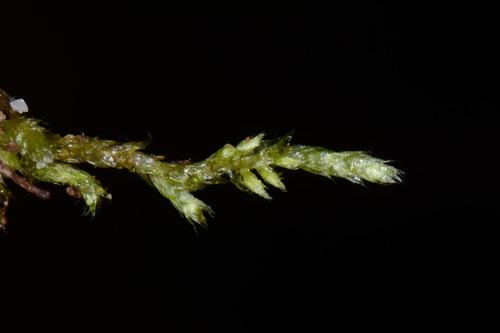
medium.jpg from: https://www.inaturalist.org/taxa/281864-Rhynchostegium-serrulatum
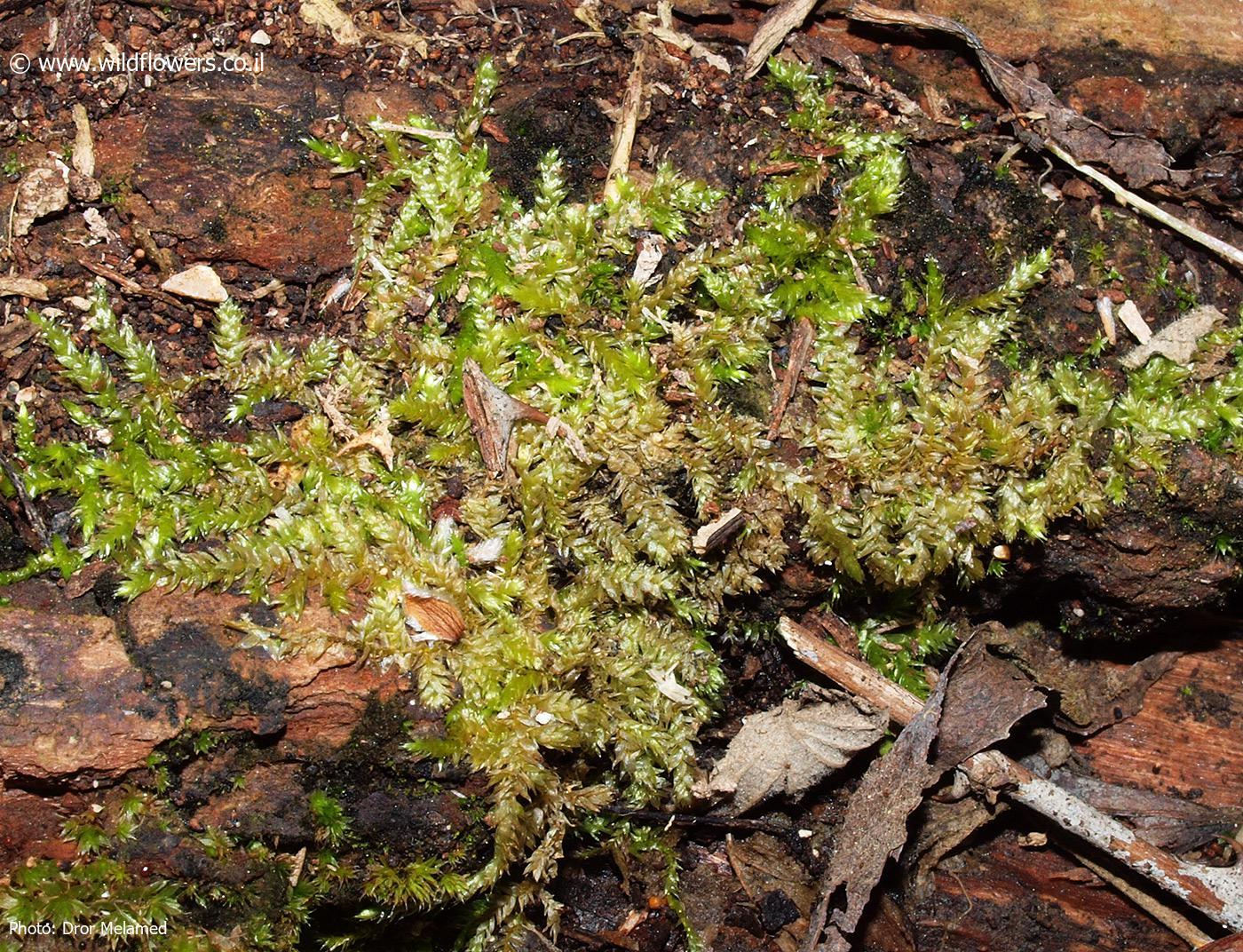
3382-l.jpg from: https://www.wildflowers.co.il/hebrew/picture.asp?ID=21548

medium.jpg from: https://inaturalist.ca/taxa/281864-Rhynchostegium-serrulatum
| Characteristic | Description |
|---|---|
| Scientific Name | Rhynchostegium serrulatum (Hedw.) A.Jaeger |
| Family | Brachytheciaceae |
| Growth Form | Pleurocarpous moss |
| Leaf Shape | Lanceolate |
| Leaf Margin | Serrulate (finely toothed) |
| Costa | Double costa (midrib) |
| Habitat | Moist woodlands, forests, rocky outcrops, stream banks |
| Distribution | Europe, Asia, North America, parts of Africa |
Conclusion
Rhynchostegium serrulatum is a true marvel of nature, a testament to the incredible diversity and resilience of bryophytes. From its intricate morphology to its ecological significance, this moss species captivates enthusiasts and naturalists alike. As we continue to explore and appreciate the wonders of the natural world, let us ponder: What other hidden gems await discovery in the realm of bryophytes, and how can we better protect and conserve these invaluable components of our ecosystems?